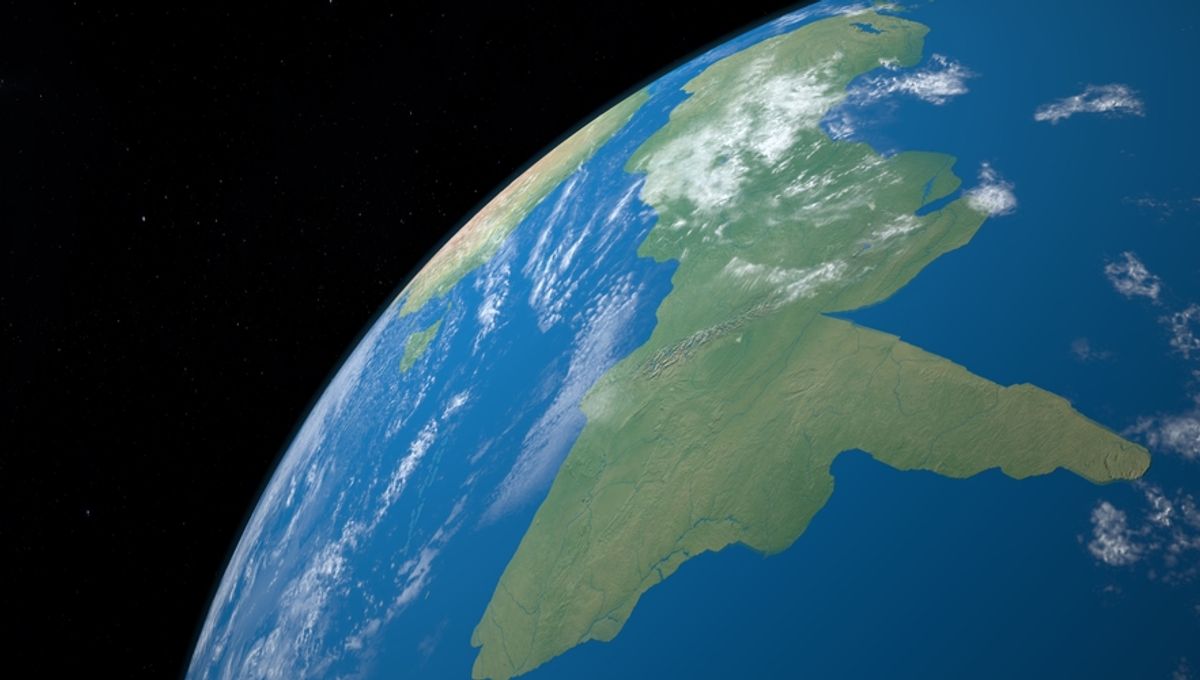
Zealandia has been kicking about for a good 60 million years, having separated from the supercontinent Gondwana around that time. It’s also almost entirely submerged underwater and wasn’t even formally recognized as a continent until 2017. But now, it’s experiencing something of a resurgence – at least in a research sense – becoming the first continent to be completely mapped and revealing some new secrets to boot.
Creating a full map of a continent was already difficult before Zealandia officially became a thing; all of Earth’s continents have hard-to-explore shelves underwater, meaning geological maps across the planet’s surface are a bit lacking. With 95 percent of Zealandia being submerged, it pretty much takes the biscuit in terms of difficulty.
Thankfully, that didn’t put researchers off. Building upon a paper published back in 2019, an international team of scientists successfully completed the mapping of the 5 million square kilometer (1.9 million square miles) continent.
“We believe Zealandia is the first of Earth’s continents to have its basement, sedimentary basins, and volcanic rocks fully mapped out to the continent-ocean boundary,” the team wrote in a paper describing the mapping and findings.
Previous research identified that Zealandia’s crust is thinner than the crust of most other continents, but what caused the thinning process was unclear. Using magnetic surveys, the new study uncovered an explosive potential cause – basalt lava rocks indicated there used to be a giant volcanic region.
It’s thought this region ignited between 100 and 60 million years ago, right around the time Zealandia broke off from Gondwana. “For this period of at least 40 million years, molten magma flooded out of cracks and fissures as the continent stretched and thinned like pizza dough,” explained lead author Nick Mortimer in a statement.
Co-author Wanda Stratford added: “Until now, the role of magma in Gondwana breakup has been underestimated. We can now see these lavas cover an area of 250,000 km2 [96,500 square miles] across the continent – about the size of New Zealand itself.”
Through dating and chemical analysis, the complete map also uncovered a full picture of another key part of Zealandia’s story – its 4000-kilometer-long (around 2,500 miles) granite backbone. Dubbed the Median Batholith, the transcontinental belt of granite is thought to be between 250-100 million years old.
As for what’s next for Zealandia, Mortimer has some ideas. “While the continent is the first to be completely mapped out to its submarine edges, much exploration and discovery remains. Not just what is where, but when, how, and why the major geological events that have shaped our continent took place.”
The study is published in Tectonics.
Source Link: Zealandia Is Earth's First Continent To Be Completely Mapped, Revealing Ancient Secrets